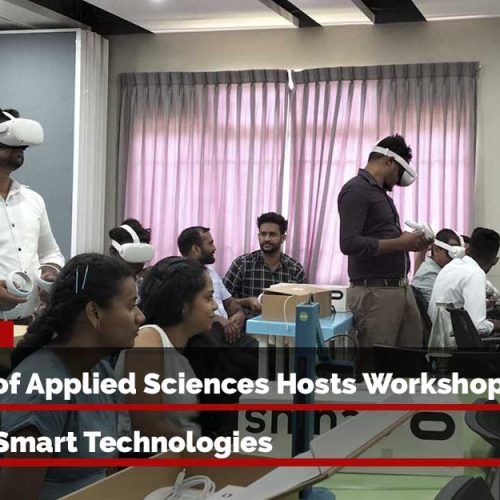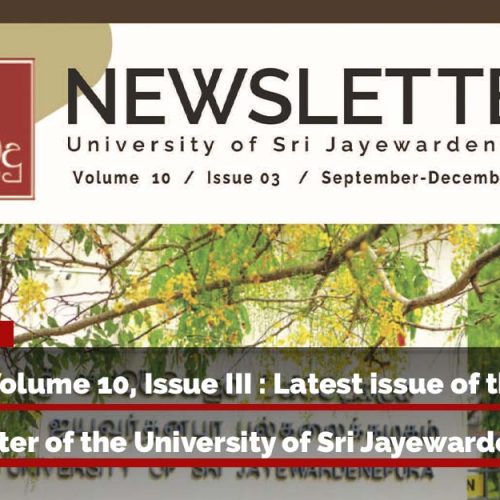Our body constantly reacts with oxygen as we breathe and our cells produce energy. As a consequence of this activity, highly reactive molecules are produced known as free radicals. Free radicals interact with other molecules within cells. This can cause oxidative damage to proteins, membranes and genes. To counteract this action, the body produces an armory of antioxidants to defend itself. It’s the job of antioxidants to neutralize free radicals that can harm our cells
Disturbance in the balance between the production of reactive oxygen species (free radicals) and antioxidant defenses (such as glutathione) causes “Oxidative stress” which leads to many pathophysiological conditions in the body. This happens with increased production of oxidizing species or with a significant decrease in the effectiveness of antioxidant defenses.
Prof. Hemantha Peiris, Profssor in Biochemistry at Medical Faculty of University of Sri Jayewardenepura conducts research on Oxidative stress and on diseases such as cataract, cardiovascular disease and dengue viral infection.
According to the current research findings show that, the activity of glutathione peroxidase (GPx) which is an antioxidant is fairly high in erythrocytes compared to other body fluids because it is secreted by the vascular endothelial cells.
Professor uses GPx Erythrocyte model for most of his research, especially for the formation of diabetic cataract, senile cataract, Dengue viral infections and cardio vascular disease. Patient examinations show that having infected with diabetic cataract and senile cataract, patients had low erythrocyte activity of GPx compared to the controlled. When testing with Super Oxide Dismutase (SOD) which is another important antioxidant which is present in erythrocytes, had also shown low levels of activity in the cataract subjects compared to the controlled. Based on these findings Prof. Peiris states that the pathogenesis could be accelerated as a result of low level of erythrocyte GPx and SOD activity.
Prof. Hemantha also proceeds on studies about vascular diseases. Tests are also done with Paraoxidase 1 which is important as a vascular endothelial marker as well. When examining the patients who are confirmed by the antibodies for dengue viral infection, the patients had low activity of erythrocyte GPx and plasma paraoxidase activity compared to the control. This shows that GPx serves a very important role in the oxidative stress & pathogenesis of the disease.
Professor Hemantha also has conducted studies to find association between erythrocyte GPx and Cardio Vascular disease. Literature only has work with GPx assessment of the Cardio vascular disease. Professor has gone one step further and examined the patients who are positive for Coronary artery disease by using angiographic findings. For this he has used “Three scoring system”, which involves; vessel score, stenosis score and extent score. Blood samples were tested for total GPx and GPx- 1 variant. And the results have shown that there is a negative correlation between severity of coronary artery disease and erythrocyte GPx- 1 level. This can be marked as an important finding because no one has done this type of study before.
Professor has made some further studies to find out whether there is a gene polymorphism relation of GPx- 1 for the risk of coronary artery disease. Blood samples of coronary artery disease patients and control subjects are tested, and a gene assay had been carried out. GPx- 1 is polymorphic at codon 198, resulting in either a proline or a leucine amino acids. Results have shown that the patients who are having a low level of this polymorphism are more vulnerable to develop coronary artery disease. This is another new finding of Prof. Hemantha and this study is further to be carried out with a larger sample. If it approves the same result, it could be used in clinical management as a screening test for those who are having high risk of coronary artery disease.












